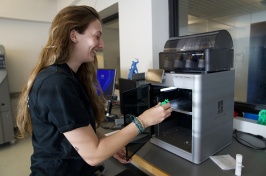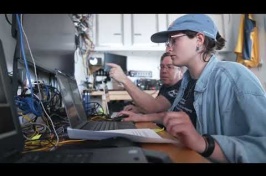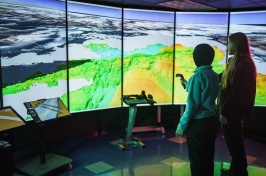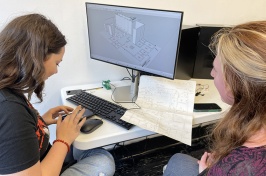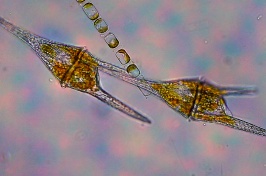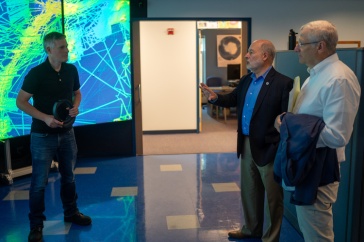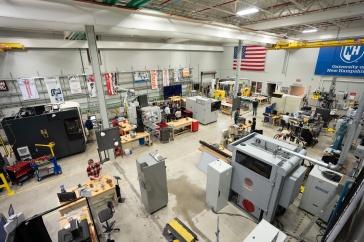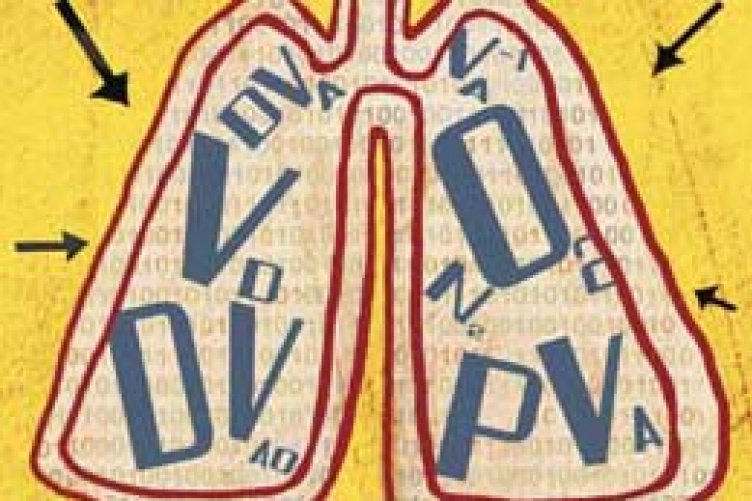
Math May Help Treatment of Medical Conditions
Can you reduce something as complicated as human lungs to some partial differential equations and lines of computer code? The answer, according to associate professor of mechanical engineering Greg Chini and his student William Matern '12, is maybe. And they're working on it.
Predicting how the tiny air sacs in lungs known as alveoli change in response to treatment could give doctors a better handle on the biggest health problem facing premature infants: collapsed lungs, also known as chronic lung disease. Internal surface tension keeps their lungs from inflating at birth, and while they can be treated with a substance called surfactant, a lack of understanding about the underlying mechanics limits doctors' ability to fine-tune the treatment. "If we could solve these equations, we would, for example, be able to predict how alveoli deform in response to some imposed displacement, and we would be able to predict their behavior," says Chini.
Chini's and Matern's work is an example of mathematical modeling, a tool of great power in engineering and physics that is increasingly being taken up in biological and medical science. Models are mathematical formulas that reflect various rules of nature—the inverse-square law, perhaps, or pressure-volume curves—that are supplemented with empirical data about the problem in question. This kind of work is sometimes called an "in silico" experiment, the digital equivalent of "in vitro" experiments done in petri dishes rather than on live subjects. "In silico experiments can be detailed and cheap alternatives to traditional lab experiments," Matern says. For medicine, they're especially useful: You can't, after all, apply different types of surfactant to babies' lungs and then operate to see how the alveoli reacted.
Given enough insight and effort, the result can be astonishing—modern airplanes are largely designed by mathematical modeling. Medicine is seeking similar breakthroughs. "There is a whole spectrum of mathematical models being developed, from the very detailed and specific to the general and overarching," says Chini. "This is an exciting time: coupling mathematical representations of biological systems with mechanical responses, seeking new understanding."
|
|
In medicine, there's still a long way to go before a mathematical model could, for example, dispense the right type and amount of surfactant in return for information about breathing patterns. The goal now, Chini says, is to "try to develop a conceptual understanding of the mechanisms regarding collapse and reinflation of alveoli."
Although Matern is heading to graduate school in biomedical engineering at Johns Hopkins in the fall, he's interested in continuing to pursue the research. "Will has had a really good idea that we're going to try," says Chini. "He has the ability to step back and take another tack or angle. That's something you need to be able to do as a researcher, but it's hard to teach how."
Originally published by:
UNH Magazine
Written by David Brooks, Illustrations by Jud Guiteau















